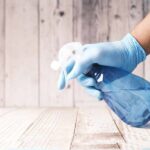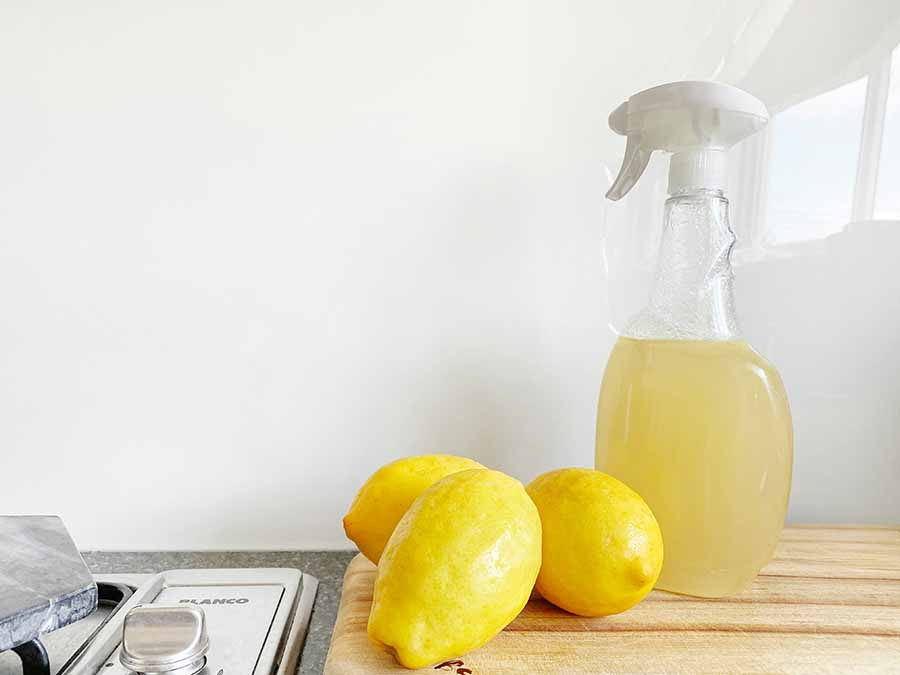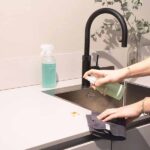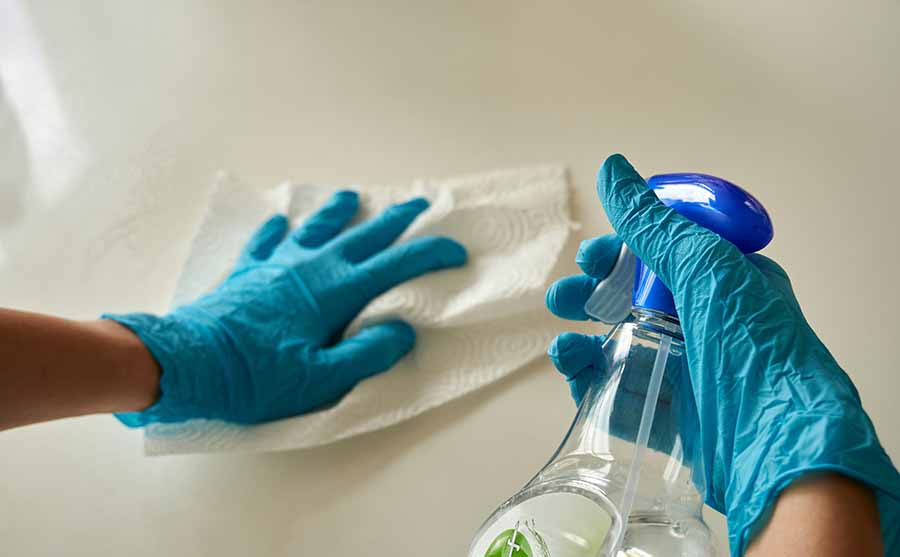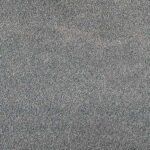Does this sound familiar? You spill something on your carpet and immediately blot it up, spraying carpet cleaner on the area and dabbing at it until the stain is completely removed. You breathe a quick sigh of relief, happy that your carpet is saved.
A few days later, however, you are walking by the area and glance down, only to see that the stain has returned. Frustrated, you clean the area again, doing your best to make sure that all signs of the stain are gone. Unfortunately, a few days later, the stain magically reappears, resulting in an endless cycle of cleaning the same spot.
Dealing with carpet stains is challenging enough. However, when they keep coming back over and over again, it is extremely frustrating. Why do they keep reappearing? What can you do to stop the problem?
The key to dealing with stains like these is to figure out why they occur in the first place. What is it that makes a stain on your carpet reappear. As it turns out, there are two primary factors that can contribute to stains like these: soiling and wicking.

The first problem, soiling, has to do with the cleaning products that are used on the stain. If any soap or detergent remains in the carpet after cleaning the stain, it can act as a magnet for dirt. Even though the area might look clean once you are done working on the stain, the leftover cleaning products in the carpet fibers can attract and hold contaminants until the carpet eventually becomes discolored. This can make it look like the original stain has reappeared when in fact it is new dirt that has been attracted to the cleaning residue.
The best way to avoid this problem is to make sure that no cleaning residue is left behind in the carpet. This usually involves rinsing the area multiple times to remove all traces of soap or detergent. It is also important to use products that are specifically formulated for cleaning carpets. These products are designed to minimize the amount of residue that is left behind, preventing problems like these.
The second problem, which is known as wicking, occurs when the stain is extremely deep. For instance, imagine that you spill a glass of red wine on your carpet. The wine doesn’t just sit on the surface of the carpet. Instead, it seeps down through the fibers, through the carpet backing, and into the underlying carpet pad.
When you clean the carpet using everyday cleaning products, it usually only removes the stain from the carpet fibers themselves. Even though the area might look clean, the stain still remains in the underlying pad. Over time, the remaining contaminants can get wicked up through the carpet fibers to the surface of the carpet, causing the stain to become visible again. This process can occur over and over again until the underlying issue is addressed.
There are a couple of ways that you can correct this problem. The first option is to thoroughly soak the area where the stain is located. Blot or suck up all of the water until the area is nearly dry. In theory, this will help pull the stain up out of the underlying carpet, as well.
In severe cases, you may need to replace the carpet pad under the affected area. This is relatively easy if the stain is located near a wall. For reappearing stains in the middle of your carpet, however, you may need to contact a professional cleaner for help.
These strategies should help you effectively deal with carpet stains that keep coming back over and over again.


